Non-Marijuana Plants That Contain Cannabinoids
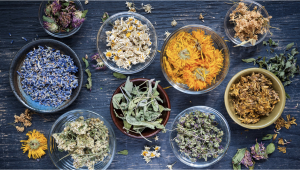
- 1. Cannabinoids and the endocannabinoid system
- 1. a. Cannabinoids receptors
- 1. b. Does your body produce cannabinoids?
- 2. Non-cannabis plants that produce cannabinoids
- 2. a. Cacao
- 2. b. Black pepper
- 2. c. Coneflower
- 2. d. Helichrysum
- 2. e. Black truffles
- 2. f. Japanese liverwort
- 2. g. Brassicas
- 2. h. Reishi mushroom
- 2. i. Kava
- 2. j. Turkey tail
- 2. k. Electric daisy
- 3. Diy herbal blend recipe
- 4. In conclusion
Apart from the endocannabinoids our body produces naturally to regulate and balance many processes such as immune response, communication between cells, appetite, and metabolism there is another type known as phytocannabinoids which are the cannabinoids produced by plants grown from cannabis seeds. These phytocannabinoids were believed to be produced only by cannabis plants but recent research has discovered that other plants also produce cannabinoids, in this article you'll read about the naturally occurring vegetation that produces them.
1. Cannabinoids and the Endocannabinoid System
The endocannabinoid system plays a role in regulating physiological processes including appetite, pain-sensation, mood, and memory, depending on the receptor that the specific cannabinoid binds to.
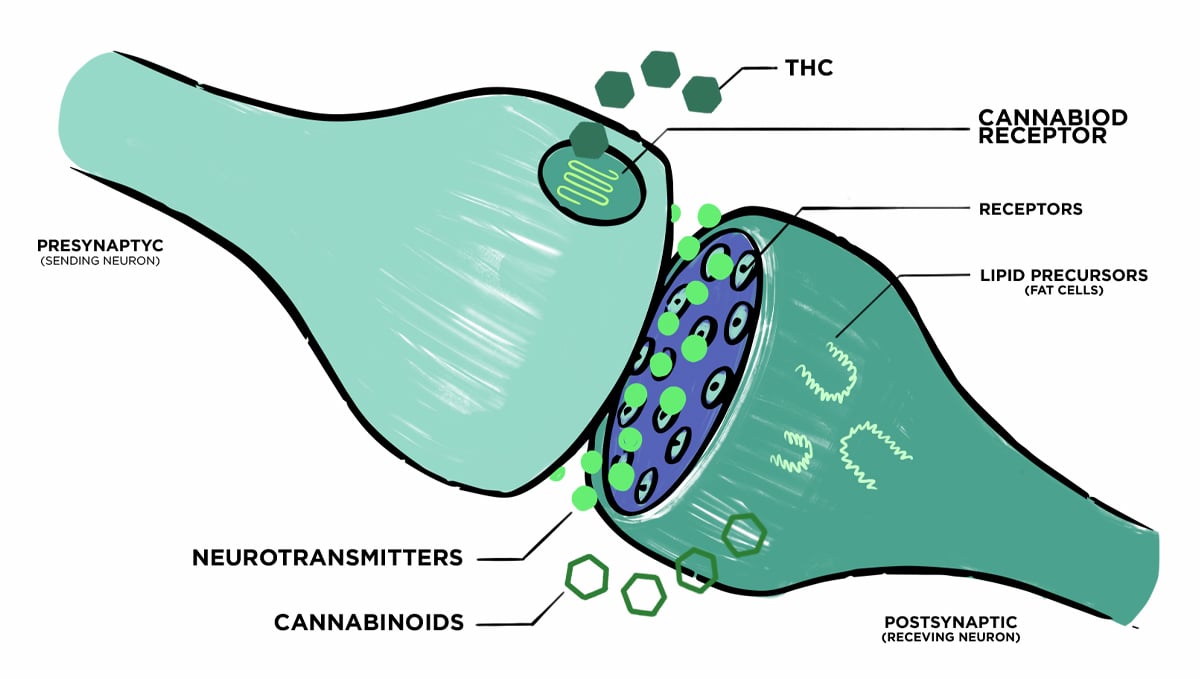
The naturally occurring cannabinoids that bind to the cannabinoid receptors are produced internally by humans and animals but there are other types of cannabinoids that will affect your body in a similar way.
Despite all of them being chemical compounds that can affect our mind and body in different ways, they’re divided into categories based on where they originate from.
| Endocannabinoids | Phytocannabinoids | Synthetic cannabinoids |
|---|---|---|
| Endo = inside | Phyto = plants | Synthetic = man-made |
| Produced internally in our body | Produced by plants | Produced in laboratories |
Cannabinoids Receptors
The endocannabinoid system contains endocannabinoid receptors that are responsible for binding them in order for them to take action, these receptors are divided into two main types: CB1 and CB2. The CB1 receptors are mostly found in your head and are thought to be the receptors that THC binds to while CB2 are mostly found in the lower part of your body, and are thought to be the receptors that CBD binds to.

The effects a specific cannabinoid provides depends on where the receptor is located, this is why, for example, CBD relaxes your muscles and may increase appetite while THC enhances, for example, colors, aromas, or flavors. But despite cannabinoids being produced in several different ways, the cannabinoids that growers are interested in are phytocannabinoids and are found not only in cannabis plants but also in a wide variety of household plants.
Does Your Body Produce Cannabinoids?
The endocannabinoid system is a complex network of cannabinoid receptors researchers found to be scattered throughout our entire body, in places such as the brain, organs, connective tissues, and immune cells among others. Our endocannabinoid system is made up of different mechanisms in which enzymes destroy but also create cannabinoids, cannabinoid receptors, and endocannabinoids, basically, chemical compounds similar o THC or CBD, per see. But these endocannabinoids are present in animals too, not only in humans. Both endocannabinoids produced by animals and humans are designed to work together with our cannabinoid receptors such as Cannabinoid Receptors 1 and 2 (aka CB1 And CB2), triggering a range of different cellular responses needed for healthy functioning. But what does this mean? Well, these endocannabinoids moderate and can influence a lot of physiological functions such as appetite, pain, pleasure, memory, inflammation, sleeping, mood, and many, many more. This is basically why we can feel sleepy, get the munchies or alleviate pain with the cannabinoids cannabis plants produce, such as THC and CBD.
Besides basic functions, our endocannabinoid system also responds to illnesses. Researchers have found that cancer cells have been shown to have more cannabinoid receptors than healthy cells. Research also shows an increase in endocannabinoid production in patients with anxiety, chronic pain, Parkinson’s, and arthritis among other conditions. In essence, the endocannabinoid system (ECS) exchanges messages between the brain and body, making sure everything works correctly while helping manage our sleep cycle, telling you when you’re hungry, and other basic processes. Despite their location, scientists have also discovered that cannabinoid receptors are mainly found in the brain, nervous system, and reproductive organs without affecting heart and lung function, which is why scientists believe it’s impossible to die from a cannabis overdose.
Experts claim that the endocannabinoid system is basically a bridge between the body and mind, so by understanding how the ECS works we can understand better the benefits and harms of cannabinoids and endocannabinoids which will help us better understand the endocannabinoid system.
3. Non-cannabis plants that produce cannabinoids
Now that you know about synthetic cannabinoids, endocannabinoids, and phytocannabinoids, let’s talk about cannabimimetics. Cannabimimetics are compounds that mimic cannabinoids and can interact with the endocannabinoid system, having the same or similar effects to the effects you’ll experience with other types of cannabinoids. So in this article, we’ll talk about plants that produce either phytocannabinoids or cannabimimetics, without including cannabis (obviously), these plants are and are super easy to obtain, and best of all, they’re legal!
Originally, cannabinoids were classed as a family of compounds totally unique to the cannabis plant that shared a similar molecular structure. While some scientists still adhere to this definition, others have attempted to broaden the categorisation to any chemicals that bind to cannabinoid receptors in the human body. Interestingly, this opens up an entire pool of chemicals that are found all throughout nature, in both the plant and fungal kingdoms. At this point, these molecules are vastly understudied, and many more have likely even yet to be discovered. As time goes by, these molecules could become candidates as drugs for many different ailments that humans face, especially if they work anything like their cannabis-derived counterparts.
Cacao
Cacao is a superfood that contains several different beneficial chemicals such as theobromine, phenylethylamine, tryptophan, and anandamide, which help make serotonin and melatonin. Serotonin is the key hormone that stabilizes your mood and the feeling of well-being or happiness, helping with sleeping disorders, eating, and digestion while melatonin is a hormone associated with our sleep-wake cycle and can be used to treat insomnia, for example.
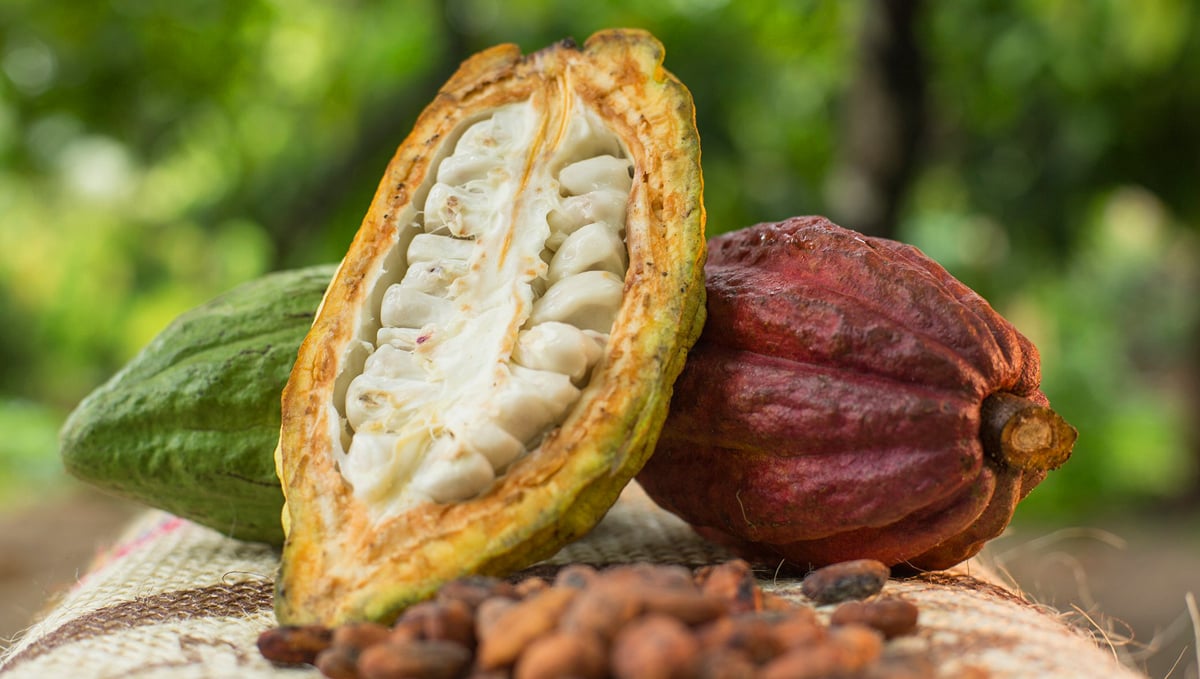
Despite containing all of the compounds cited above, this superfood contains anandamide in higher concentrations than the rest of the chemicals which is an endocannabinoid naturally produced by the human brain. This compound regulates mood, memory, appetite, and pain perception, and is often called the body’s natural version of THC due to the feeling of happiness we get when it’s released, similar to the satisfaction you would get after exercising (aka runner’s high). Despite the popular belief, chocolate actually does contain anandamide, just have in mind that to be able to get the same benefits as cacao, you will need raw, organic, pure chocolate. This means that you won’t the same benefits from processed products such as milk chocolate because milk blocks the absorption of said chemicals.
Despite the popular belief that chocolate does not contain anandamide it actually contains precursors that help the body produce anandamide.
Black Pepper
Black Pepper is a very common herb, used for cooking and possibly found in all homes around the globe but what most people don’t know is that black pepper contains lots of beta-caryophyllene.
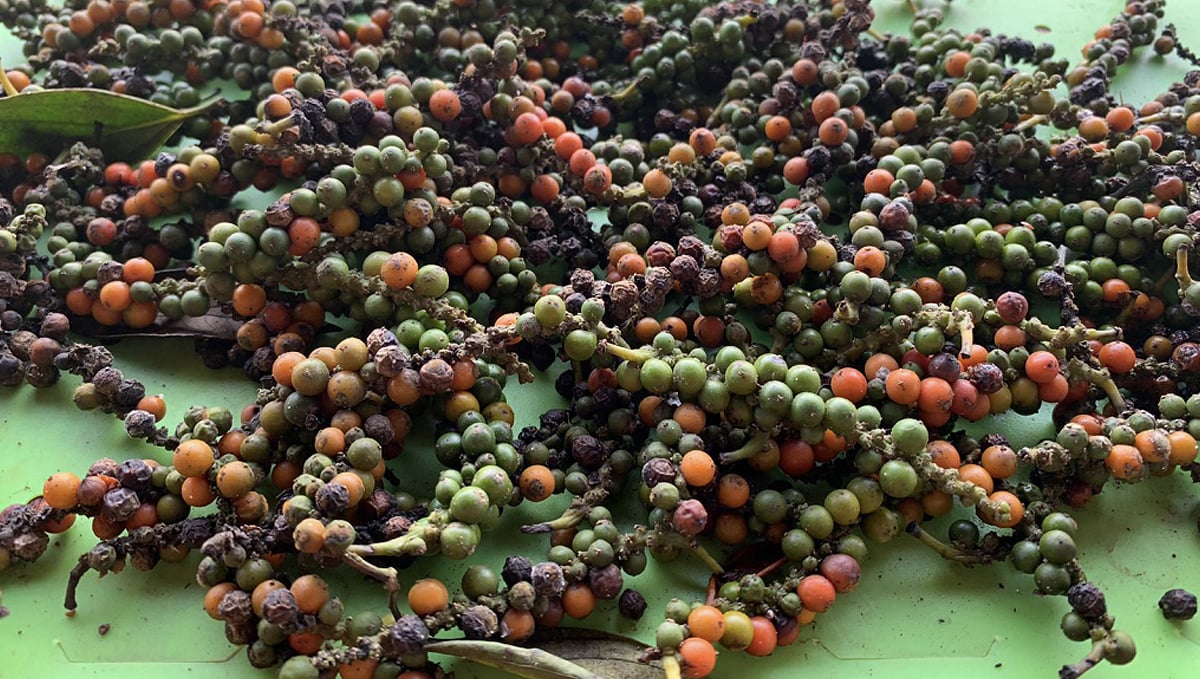
This is the terpene that gives cannabis strains that peppery/spicy smell, and apart from the peppery smell, beta-caryophyllene also acts on the CB2 receptors, just like CBD does, providing a potent anti-inflammatory effect that can ease joint pain easily.
Coneflower
Coneflower is a beautiful brigh-pink flower usually used as a cold remedy but has a lot in common with cannabis when talking about the cannabinoid system.
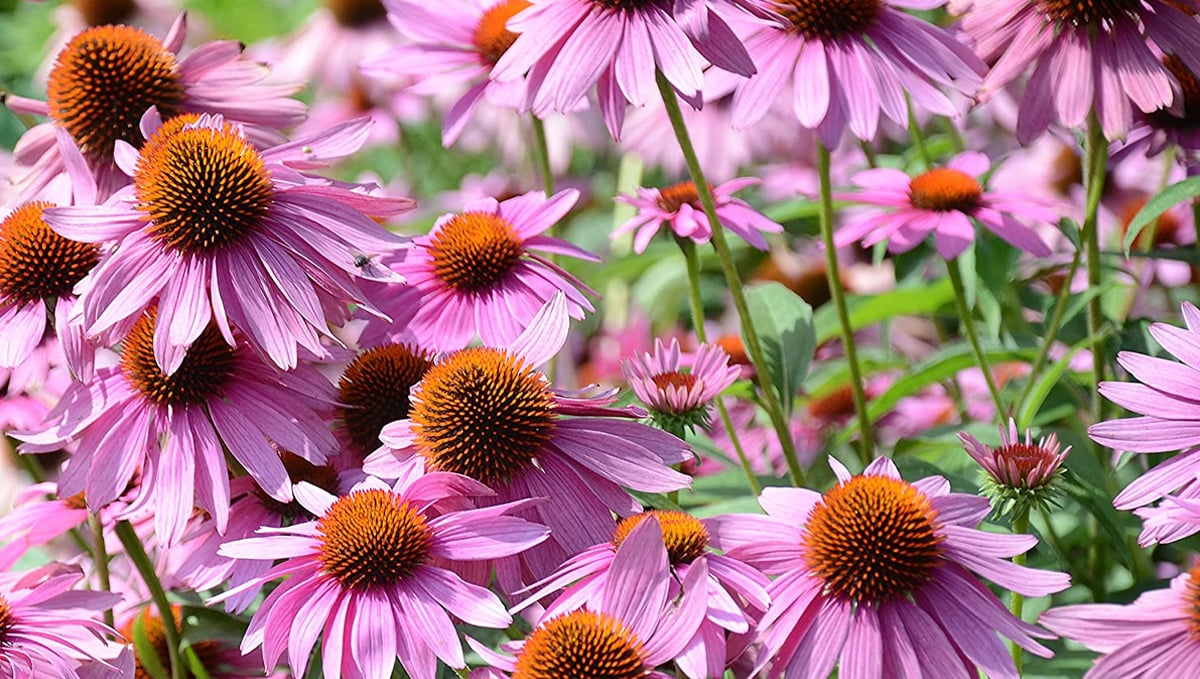
This plant engages with the CB1 receptor, but despite being with cannabimimetic rather than cannabinoids, this plant can relieve anxiety, migraines, fatigue, and arthritis due to the natural amides it contains, which provide very similar effects to those produced by THC.
Helichrysum
Helichrysum contains large amounts of CBG which is the same phytocannabinoid found in cannabis plants and is most often used as an antidepressant and mood stabilizer.
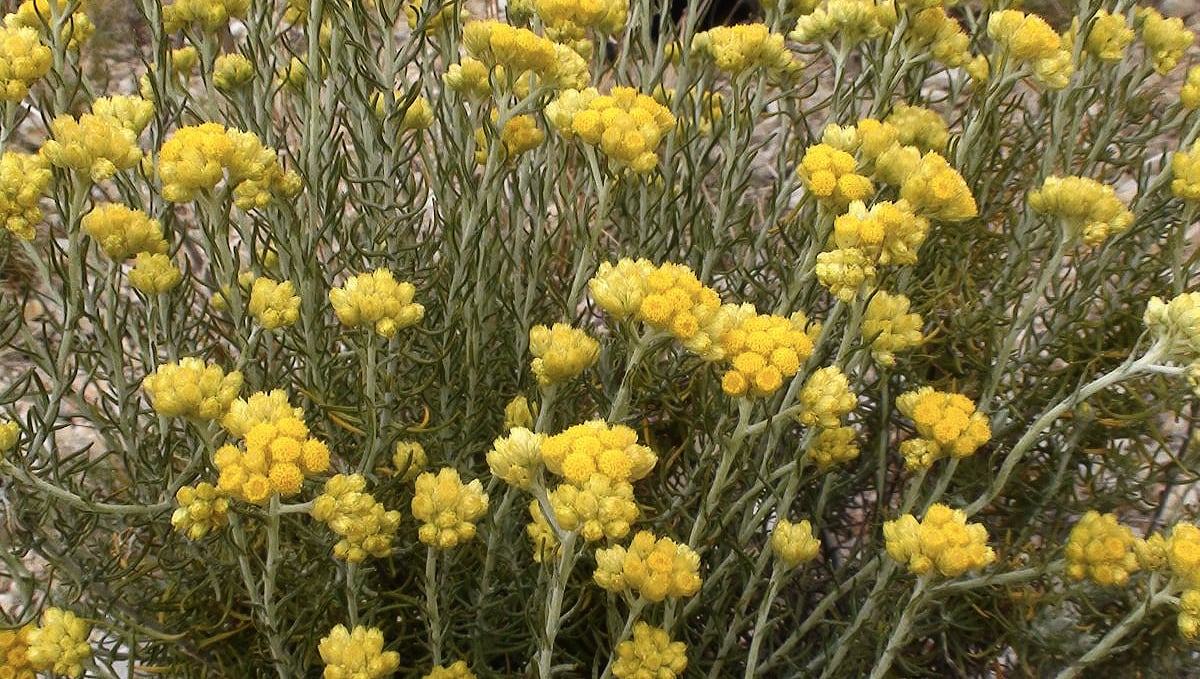
Unfortunately, due to the current laws, it’s very hard to study more about CBG in this kind of flower but it’s a fact that this compound produces said effect and has been widely used in ritual ceremonies for its psychotropic effects which are very similar to cannabis.
Black Truffles
Black truffles produce the same anandamide that cannabis and cacao produce, providing in a runner’s high type of effect. This chemical binds to the CB1 receptor, helping regulate mood and pain perception.
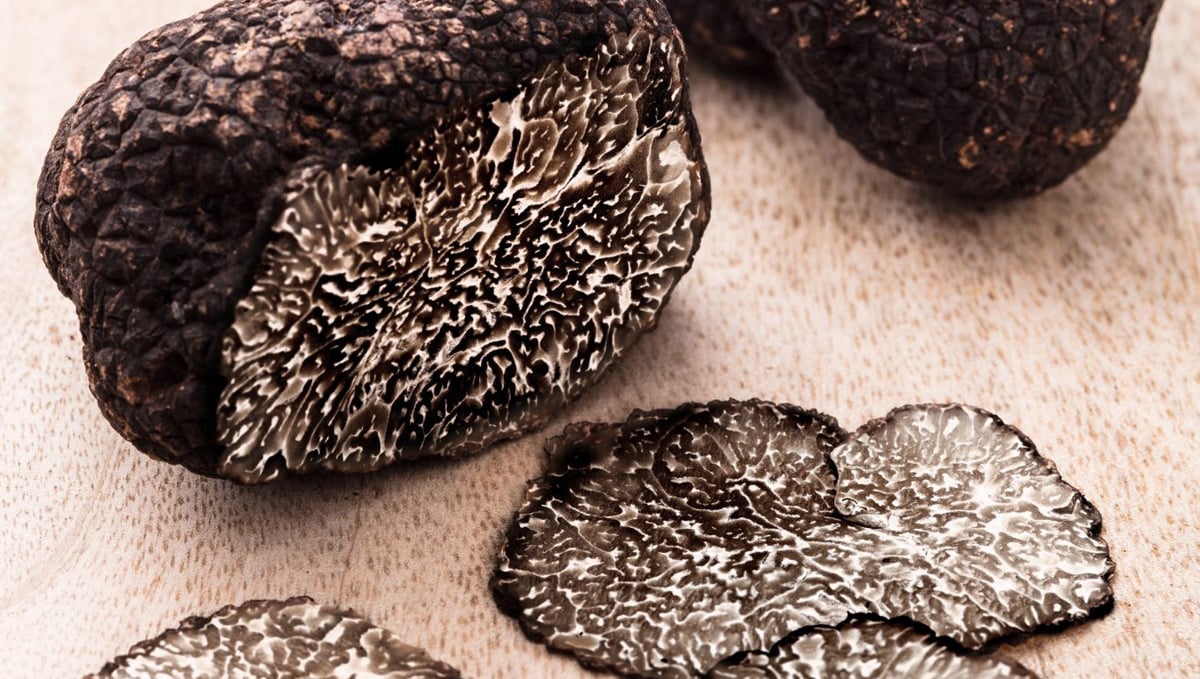
Just have in mind that before consuming a lot of black truffles or any other plant or herb, you should research and know what you're doing because you could be allergic and have a bad time.
Japanese Liverwort
Japanese liverwort does not have any psychotropic effects but contains high amounts of perrotentinenic acid, a cannabinoid similar to THC.

Due to binding with the CB1 receptors, this plant has similar effects to cannabis and can be used to treat liver, bladder, and gallbladder, and for treating bronchitis and chronic respiratory problems.
Brassicas
The brassica family of vegetables includes many species that many of us consume often, including bok choy, mustard, kale, broccoli, cabbage, cauliflower, and collard. Interestingly, none of these vegetables exist in nature; they are purely the result of selective breeding and all share a common ancestor in the form of wild cabbage and are all the same species of plant (Brassica oleracea). These plants boast many different health benefits that derive from good levels of C, A, E, K, folate, calcium, and iron. Adding to this, they also contain an array of secondary metabolites, at least one of which is a cannabinoid. Known as a dietary indole, a molecule known as DIM partially activates the CB2 receptor.
Reishi Mushroom
Reishi mushrooms have been used for thousands of years in traditional Chinese medicine (TCM). They have adaptogenic properties and are known to help the body deal with several different forms of stress. These mushrooms are packed with interesting and medicinal molecules. Recent analysis has shown that some forms of reishi also contain cannabinoids that impact the endocannabinoid system in a variety of different ways.
Kava
Kava is typically used for making medicinal teas to relieve anxiety, chronic pain, and for its sedative effects, this plant is full of kavalactones.

This plant has been used for years as a treatment for addiction due to interacting with CB1 receptors in the central nervous system just like THC.
Turkey Tail
Turkey tail mushrooms are famous in the world of medicinal fungi. They contain a wealth of unique compounds that demonstrate impressive medicinal qualities in scientific studies. Out in nature, these fungi are fairly easy to identify. As bracket fungi, they grow off the side of rotting logs and feature colorful concentric circles on the top side and a smooth white pored surface underneath. Among the constituents in this mushroom, polysaccharopeptide (PSP) has been studied for its effects on cancer cells, and several human trials show some real potential. Interestingly, other studies conducted in animals have found that this molecule works as an agonist of the CB2 receptor of the endocannabinoid system.
Electric Daisy
Electric daisy has been used for years in the Amazon region due to the pain-numbing properties, more recent research has discovered that this plant actually blocks the pain receptors at the nerve endings.
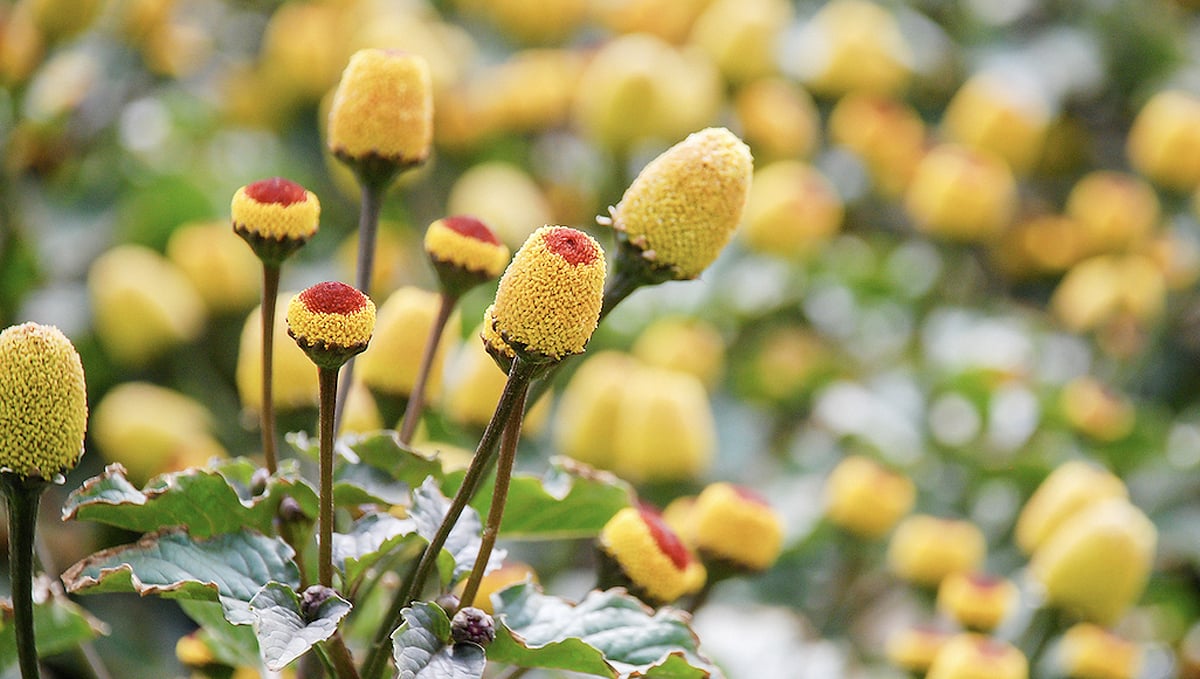
This plant offers an effective way to relieve pain due to the cannabinoid it contains; N-isobutylamide actually engages with the CB2 receptors, regulating pain and inflammation all across your body. Now, have in mind that most of the plants won’t get you high unless consumed in huge amounts, because despite containing cannabinoids, the amounts are low when compared to cannabis but are a great alternative for those who don’t want to get high but still want the beneficial properties that cannabinoids and terpenes provide.
| Plant or herb | Consumption | Plant or herb | Consumption |
|---|---|---|---|
| Cacao | Eaten raw | Black truffles | Eaten raw |
| Black pepper | Eaten raw | Electric daisy | Oil |
| Coneflower | Tea | Japanese liverwort | Tea |
| Helichrysum | Oil | Kava | Tea |
Remember that if you were to consume any of these plants, you will have to do accordingly to the type of plant to get the best results possible, so to help you we've come up with the table above.
DIY Herbal Blend Recipe
Apart from the plants and herbs mentioned above, there are several others that are beneficial for humans despite not containing cannabinoids such as Mullein, Skullcap, Mugwort, Mint, Sage, and Uva-ursi.
| Effect | Plant or herb |
|---|---|
| Anti-inflammatory | Mullein and Skullcap |
| Antibacterial | Sage and Uva-ursi |
| Against insomnia | Mugwort |
| Alleviate pain | Mint |
If you don’t wanna have to deal with making teas or oils, here’s a quick recipe to help you make your own herbal smoking blend, just have in mind that you will need different herbs based on your personal preference and what effect you wish to have.

First of all, you will need to grow the herbs or buy them fresh, then slowly dry them and after they’re completely dry, crush them into small bit, just like you would do with cannabis flowers, then you can go ahead and prepare your blend with the following:
- 50% Mullein;
- 40% Mugwort and Skullcap (or Uva-ursi for a tobacco-like quality);
- 10% Mint or Sage.
And now it’s just a matter of rolling them and enjoying, just remember that this is a general recipe, so if you’d like to use it for a specific symptom, you can substitute one of the herbs for any other you prefer.
4. In Conclusion
Despite not being as strong as cannabis flowers, all of these plants and herbs will be beneficial in one way or another, if consumed properly. Have in mind that you may be allergic to some of them so make sure you are sure what you can and cannot consume before trying any of them. If you have your own herbal blend recipe or know a better way to benefit from any of these plants and herbs, share your tips with fellow growers, leave a comment in the comment section below!
External References:
- A closer look at cannabimimetic terpenes, polyphenols, and flavonoids: a promising road forward. Neural Regeneration Research. - Cavalli, Juliana & Dutra, Rafael Cypriano. (2021).
- Terpenoids, Cannabimimetic Ligands, beyond the Cannabis Plant. Molecules. - Gonçalves, Elaine & Baldasso, Gabriela & Assunção Bicca, Maíra & Paes, Rodrigo & Capasso, Raffaele & Dutra, Rafael. (2020).
- Cannabis sativa Terpenes are Cannabimimetic and Provide Support for the Entourage Effect Hypothesis. - LaVigne, Justin & Hecksel, Ryan & Keresztes, Attila & Streicher, John. (2020).









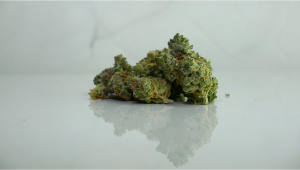

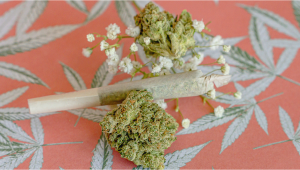


Comments